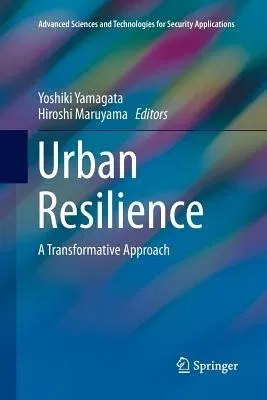Urban Resilience: A Transformative Approach (Softcover Reprint of the Original 1st 2016)Paperback - Softcover Reprint of the Original 1st 2016, 12 June 2018

Qty
1
Turbo
Ships in 2 - 3 days
In Stock
Free Delivery
Cash on Delivery
15 Days
Free Returns
Secure Checkout
Part of Series
Advanced Sciences and Technologies for Security Applications
Print Length
319 pages
Language
English
Publisher
Springer
Date Published
12 Jun 2018
ISBN-10
3319819720
ISBN-13
9783319819723
Description
Product Details
Book Edition:
Softcover Reprint of the Original 1st 2016
Book Format:
Paperback
Country of Origin:
NL
Date Published:
12 June 2018
Dimensions:
23.39 x
15.6 x
1.75 cm
ISBN-10:
3319819720
ISBN-13:
9783319819723
Language:
English
Location:
Cham
Pages:
319
Publisher:
Weight:
458.13 gm

